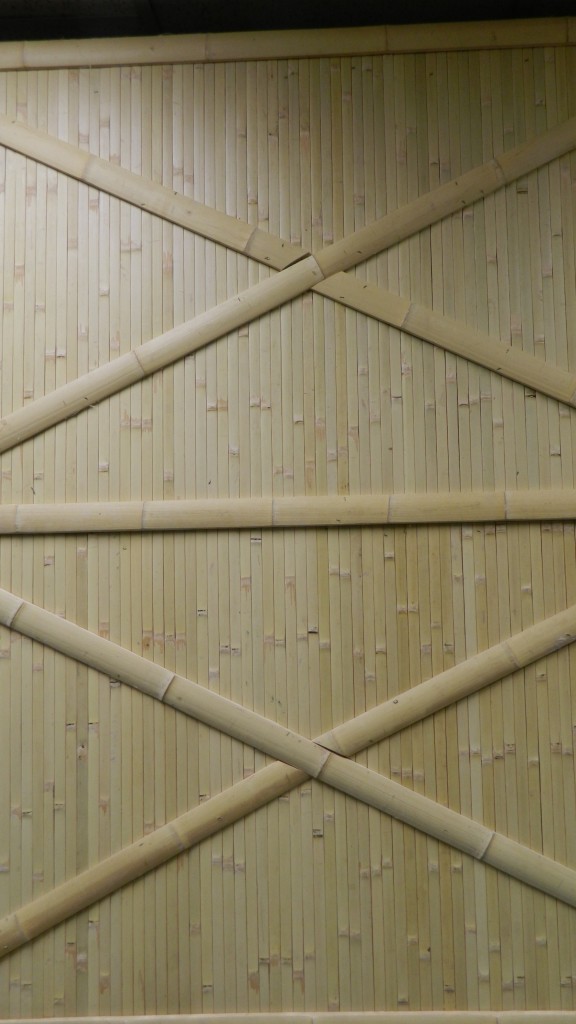Bamboo paneling is both eco-friendly and attractive, perfect for home or business use. You can use bamboo paneling to cover walls, ceilings, cabinets, bar fronts, and more. Bamboo Paneling is relatively easy to install on just about any surface; let’s take a look at how to install bamboo paneling in your home!
Surface Area
Be sure to consider the surface where the bamboo installation will occur. You’ll want to make sure that it is smooth to avoid awkward bumps in the paneling. Surface areas that are prone to excessive moisture exposure are also not recommended for bamboo paneling, which is a general rule for any wall covering material. Before you begin installation, it is best to clean the surface to ensure that the paneling will be installed under the best condition and will have the maximum lifespan.
Size the Panels
Our bamboo paneling comes in a convenient carpet roll style that can be cut horizontally or vertically. In order to decide how much and where to cut, you’ll obviously want to measure the surface area you want to cover and write the measurements down so you won’t forget. Once you have your measurements, you can begin cutting the panels to size. For horizontal cuts, mark the paneling with a marker and cut carefully with a chop saw. If you plan on cutting paneling vertically, use a box knife with a sharp blade. Cut all the way through the mesh fabric backing between the strips of bamboo. Always use sharpened or new blades to avoid tears and rough edges.
Install the Panels
Bamboo paneling can be installed using nails, staples, or glue. If using nails, you will want to pre-drill holes in relation to the size of the nail being used. Due to the natural density of bamboo, paneling is subject to cracking and splitting. Slowly drill holes 1” from top to bottom every 10”. Hold the paneling firmly on the surface area you wish to cover and apply nails slowly.
If you decide to use staples to apply the paneling, you will need an industrial staple gun with stainless steel staples. Hold the measured and cut bamboo paneling in place and staple every six to eight inches from top to bottom. For additional reinforcement, you can staple the paneling on all edges.
When using glue for installation, be sure to use contact cement to coat the mesh backing thoroughly. Allow the adhesive to set for 10 to 15 minutes, and then apply to the surface you’ve chosen. Press all areas of the paneling firmly to ensure effective contact with the wall’s surfaces. You can reinforce the paneling with staples or nails, just keep in mind that holes must be pre-drilled for nails prior to gluing the paneling to the wall. Allow 24 hours for drying time and periodically check to make sure the paneling stays in place.
Finishing the Installation
To complete paneling, apply a coat of our Total Wood Protectant. The varnish will enhance the look of paneling and protect the color if used outdoors. All that’s left to do after you’ve applied the oil is to sit back and admire the new look of your space!
Need Help?
If you need some guidance while installing your bamboo paneling, don’t worry! We have customer service representatives on standby ready to help you – just give us a call at 877-912-2244 or contact us online to get the answers you need!
Related Products & Information
- Bamboo Paneling
- Bamboo Paneling as the Perfect Wall Enhancement
- Eco-Friendly Walls with Bamboo Paneling
- Bamboo Paneling Ideas
- Best Decorating Ideas with Bamboo Paneling

